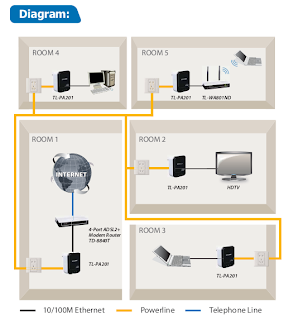This is a summary of 5 chapters from the book
Basics of Qualitative Research: Techniques and Procedures for Developing Grounded Theory (2nd edition), by
Anselm Strauss and
Juliet Corbin.
Chapter 09: Axial CodingThis chapter describes the process of Axial Coding. Axial Coding is defined as "the process of relating categories to their subcategories". The objective here is to "form precise and complete explanations about phenomena" by linking the categories and subcategories. The chapter also introduces the traditional concept of "paradigm" (think Kuhn). The term "actions/interactions" is also introduced, seemingly as a replacement for the concept of "cause/effect", which can be contentious in scientific and philosophical literature (think Hume -- induction/deduction). But of course, the basis for this is based on the standard argument that the over-analytical use of "cause/effect" do not faithfully represent the many phenomena that goes on in the natural sciences. Finally, the authors propose the use of mini-frameworks and recording techniques to facilitate the coding process. Such frameworks can be simply diagrams (think Microsoft Visio).
Chapter 10: Selective CodingSelective Coding is the "process of integrating and refining the theory". The book lays down the criteria for choosing a central category. The chapter again reinforces the use of diagramming to help with the analysis and representing the data abstractly. The practice of using memos is also introduced as a useful tool that guides the thinking process. Lastly, the process of refining the theory is explained. The techniques discussed for refining include filling up poorly developed categories, dropping ideas that do not fit (trimming the theory), validating the schema, identifying potential outliers, and appreciating the complexity and variety of data (building in variation.
Chapter 11: Coding for ProcessIn this chapter, "process" is defined as "sequences of evolving action/interaction... [that] can be traced to changes in structural conditions." An easy way to think about this is reducing process to phases or stages. Processes not only involve the flow and problems/issues, but also the conditions and the forms that the problems take. Process can also be broken down into subprocesses, which can be further broken down into action/interactional tactics. We can categorize the steps in a process, and to look at the process using a micro or macro viewpoint.
Chapter 12: The Conditional/Consequential MatrixThis chapter introduces the conditional/consequential matrix as "an analytical device to simulate analysts' thinking about the relationships between macro and micro conditions / consequences both to each other and to process." In justifying the matrix, the authors make several important assertions: (1) conditions and consequences are not independent, (2) Micro and macro conditions are often intertwined (3) conditions and consequences exist in clusters (4) action/interaction are not limited to individuals, but are caused by global bodies/organizations as well. The matrix is just an Archimedean spiral, where dark lines are used to denote interaction, and the spaces between the lines are the sources of conditions/consequences, and the arrows denote intersection structure with process.
Chapter 13: Theoretical SamplingTheoretical sampling here is defined as the data gathering process that aims to create more categories. Sampling can be applied to open coding, axial coding and selective coding.
Open Sampling (for open coding): taking an open (open as in open to possibilities) approach to data as it comes by.
Relational and variational sampling (for axial coding): sampling for events that show relations and variety among concepts
Discriminate Sampling (for selective coding): here the researcher selectively chooses data that will contribute most towards comparative analysis.
Lastly, the authors assert that sampling should be continued until "each category is saturated".

